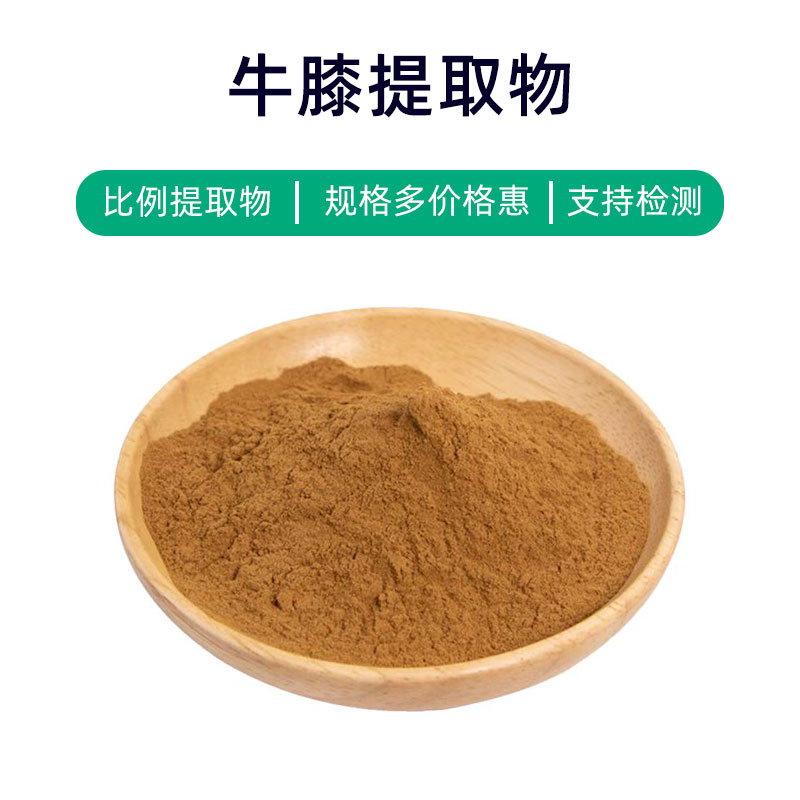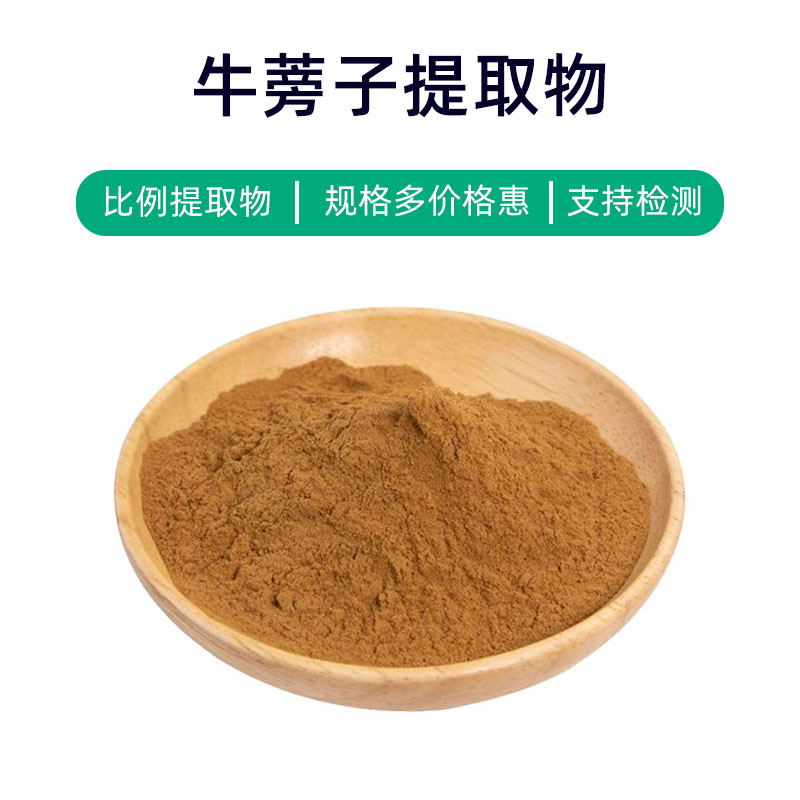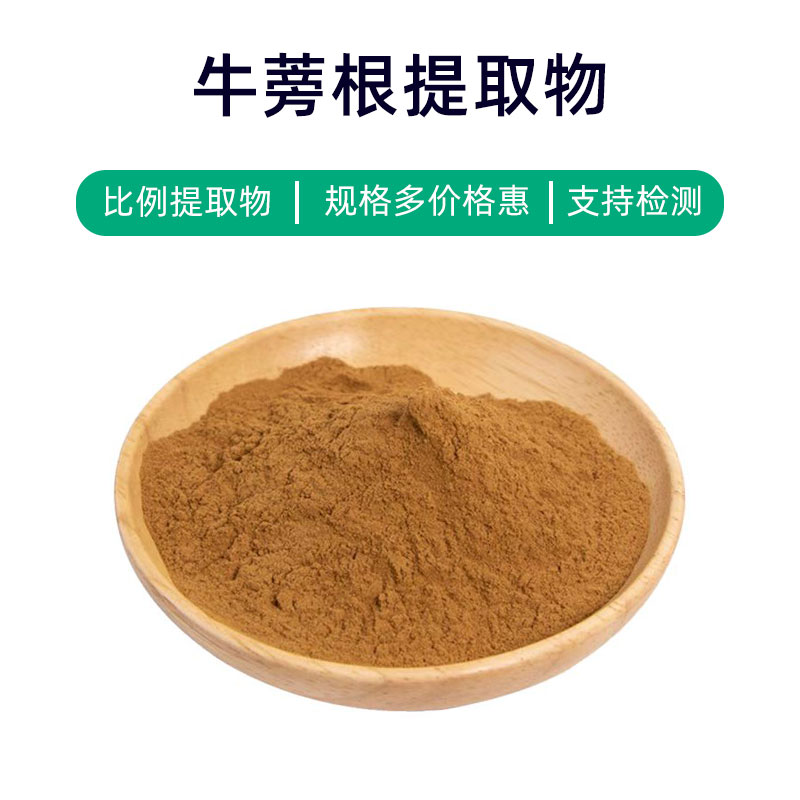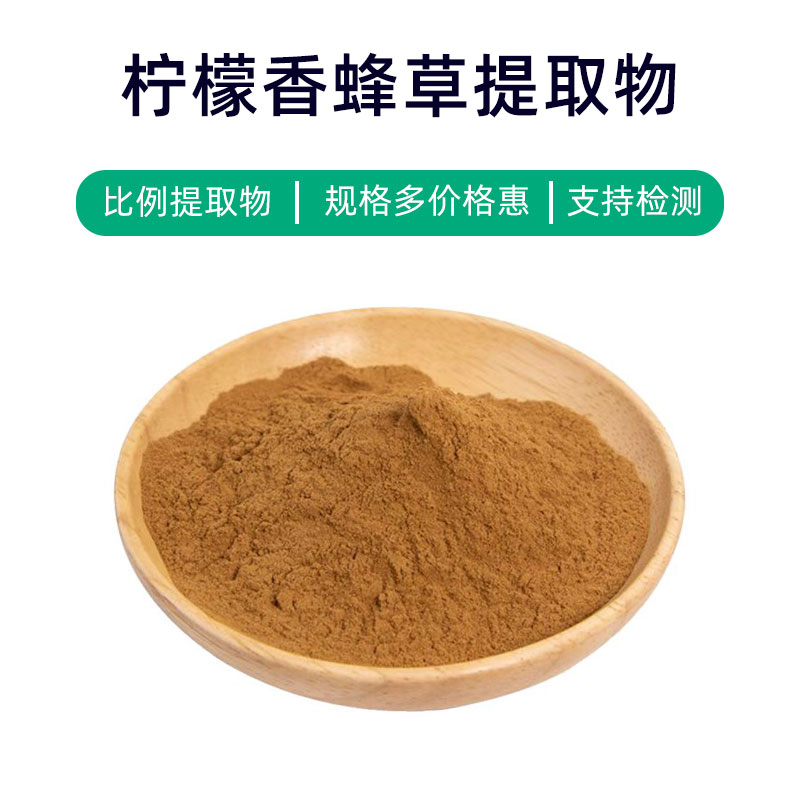Lavender Extract Product Introduction
Lavender extract is a natural plant extract derived from the flowers of lavender (scientific name: Lavandula angustifolia). Its main components include lavender essential oil, volatile compounds (such as terpenes and esters), flavonoids, and others. These ingredients give lavender extract a range of benefits and wide applications.
First, lavender extract has significant effects in skincare. It possesses soothing, anti-inflammatory, and antioxidant properties, helping to alleviate skin sensitivity, redness, and inflammation while promoting overall skin health. Therefore, lavender extract is often added to skincare products such as creams, lotions, and masks to soothe sensitive skin, reduce blemishes, and improve uneven skin tone.
Secondly, lavender extract also has calming and relaxing effects, which can help alleviate psychological stress and anxiety. In aromatherapy, lavender extract is commonly used to create essential oils and scented candles to soothe emotions, promote relaxation, and improve sleep quality.
Additionally, lavender extract is frequently found in perfumes, shampoos, body washes, and other cosmetic products, providing a pleasant fragrance and enhancing the product's natural and healthy image.
Overall, lavender extract, as a natural plant extract, holds broad application prospects in skincare, mental health, and cosmetics, with its soothing, anti-inflammatory, and antioxidant benefits being particularly well-regarded.
Lavender Extract Production Process
The production process of lavender extract generally includes several key steps:
- Harvesting Lavender Flowers: The first step in producing lavender extract is to collect fresh lavender flowers, usually harvested when the blooms are just opening to ensure maximum volatile compound content.
- Distillation Extraction: The harvested lavender flowers typically undergo a distillation extraction process. In this step, the flowers are placed in an extractor with an appropriate amount of water, then heated to boiling. As the steam rises, the volatile compounds in the flowers evaporate with the steam.
- Condensation and Collection: The steam generated during distillation is cooled via a condenser, forming a liquid that contains the volatile compounds and other substances from the lavender flowers, namely lavender essential oil.
- Impurity Removal: Lavender essential oil may contain some impurities, such as water or other non-volatile components. To enhance the purity and quality of the product, some level of impurity removal treatment is required.
- Concentration and Purification: After initial extraction and impurity removal, lavender essential oil typically undergoes concentration and purification. This process helps to increase the product’s concentration and purity, making it more suitable for various applications.
- Packaging and Storage: Finally, the lavender extract, after extraction, impurity removal, concentration, and purification, will be packaged for storage. Suitable sealed containers for long-term preservation are usually selected to ensure the product's stability and freshness.
In summary, the production process of lavender extract involves harvesting lavender flowers, distillation extraction, condensation collection, impurity removal, concentration and purification, and finally packaging and storage. These steps ensure the extract's purity and quality, making it widely applicable in pharmaceuticals, cosmetics, and other industries.
Lavender Extract Effects, Benefits, and Side Effects
Lavender extract, or lavender essential oil, has multiple effects and benefits, including the following:
- Soothing Relaxation: Lavender essential oil has a gentle soothing effect, helping to relieve anxiety, tension, and stress, promoting relaxation and improving sleep quality.
- Antibacterial and Anti-inflammatory: Lavender essential oil has strong antibacterial and anti-inflammatory properties that can inhibit the growth of bacteria and fungi, aiding in the prevention and treatment of skin infections and inflammation.
- Promoting Healing: Lavender essential oil can promote wound healing and tissue regeneration, providing certain benefits for wound care and helping to alleviate pain and reduce inflammation.
- Insect Repellant: Lavender essential oil has insect-repelling properties, able to deter mosquitoes, flies, and other insects, protecting people from bites and disturbances.
- Invigorating: The refreshing aroma of lavender essential oil can boost alertness and concentration, helping to improve work efficiency and learning outcomes.
- Mood Regulation: Lavender essential oil helps balance emotions, alleviating mood swings, reducing depression and anxiety, and enhancing psychological resilience.
- Improving Scalp Health: Lavender essential oil cleanses the scalp, balances oil secretion, and prevents dandruff, contributing to improved scalp health and reducing hair issues.
- Soothing Skin: Lavender essential oil has moisturizing and soothing properties for the skin, making it useful in skincare to reduce dryness, itching, and discomfort.
Although lavender essential oil has various benefits, attention should be paid to the following when using it:
- Allergic Reactions: Some individuals may be allergic to lavender essential oil and should conduct a skin sensitivity test before use.
- Dilution: Lavender essential oil must be adequately diluted, as it is a volatile oil, to avoid direct skin contact that could cause irritation.
- Dose Control: Care should be taken to control the dosage, as excessive use may lead to adverse reactions such as dizziness and nausea.
- Caution for Pregnant Women and Children: Caution is advised for pregnant women and children when using lavender essential oil, ideally under a doctor's guidance.
Overall, lavender essential oil, as a natural plant extract, has broad application prospects in medicine, health care, and beauty, but careful selection of the appropriate usage method and dosage is necessary to ensure safety and effectiveness.
Lavender Extract Application Scenarios and Dosage
Lavender extract, or lavender essential oil, is a versatile natural plant extract widely used in pharmaceuticals, food, and cosmetics. Below are the application scenarios and dosages for this product in different fields:
- Pharmaceutical Field:
- Application Scenario: Lavender essential oil is used in the medical field to treat and alleviate various ailments and symptoms, such as anxiety, insomnia, headaches, and skin inflammation.
- Dosage: It can be utilized through inhalation, massage, or steam inhalation. For example, add a few drops of lavender essential oil to hot water for steam inhalation, for 15 minutes, 1-2 times daily.
- Food Field:
- Application Scenario: Lavender essential oil can be used for food flavoring, imparting a fresh floral essence and offering certain health benefits.
- Dosage: When cooking, only 1-2 drops are needed. It can be used in making tea, desserts, salads, and more.
- Cosmetic Field:
- Application Scenario: Lavender essential oil is widely utilized in cosmetics, such as creams, cleansers, and soaps, to moisturize, soothe the skin, and improve skin texture.
- Dosage: The typical usage concentration in cosmetics is low, generally adding 0.1-0.5 mL of lavender essential oil per 100 g of the product.
- Other Uses:
- Application Scenario: Lavender essential oil can also be used for home cleaning, aromatherapy, insect repellent, among other scenarios.
- Dosage: In home cleaning, a few drops can be added to cleaning agents for antibacterial and disinfecting effects; in aromatherapy, it can be used with diffusers or aroma stones.
Overall, the application scenarios and dosages of lavender essential oil vary across different fields, and the appropriate usage method and dosage should be chosen according to specific situations to ensure safety and effectiveness. It is advisable to conduct a skin sensitivity test before use and follow the advice of professionals.
Lavender Plant Introduction, Distribution, and Growth Environment
Lavender, scientifically known as Lavandula, is a perennial herb belonging to the mint family (Lamiaceae). Below are detailed aspects of the source plant for lavender extract, including introduction, distribution, and growth environment:
- Plant Introduction:
Lavender is an evergreen, perennial herb characterized by purple flowers and narrow leaves. The inflorescence appears in blue-purple or purple, with distinctly fragrant petals, making it widely used for essential oil extraction. - Distribution:
Lavender is native to the Mediterranean region, including France, Spain, and Italy. It has been introduced globally, including Europe, North America, and Australia, and can thrive under suitable climate and soil conditions. - Growth Environment:
Lavender prefers sunny, well-ventilated environments and is not very strict about soil conditions, but it favors loose, well-drained soil. It typically grows in lower elevation areas, thriving on hillsides, valleys, and hills below 500 meters. - Growth Habits:
Lavender is a plant with strong adaptability, exhibiting significant drought resistance, cold tolerance, and resilience. It grows rapidly and can flourish and bloom within the growing season. The growth cycle is relatively long, generally requiring 2-3 years to reach the optimal harvest time when its essential oil content is richest. - Cultivation Methods:
Lavender is mainly propagated through seeds or division. After sowing seeds, soil moisture should be maintained; watering can be gradually reduced after germination to prevent root rot. For division propagation, healthy, well-growing plants are selected for division and transplantation to promote growth.
In summary, lavender is a hardy herb with strong adaptability to its growth environment. Its widespread distribution across the Mediterranean and other parts of the world establishes it as an important medicinal and aromatic plant.
Lavender Extract Processing and Storage
The processing of lavender extract primarily involves the following steps: First, the harvesting of lavender flowers and leaves, typically done during the flowering period, followed by drying or distillation to extract its essential oil components. Next, either distillation or solvent extraction methods are used to obtain the active components from lavender. Finally, through processes such as filtration, concentration, and separation, a pure lavender extract is obtained.
In terms of storage, lavender extract should be kept in a cool, dry, and dark environment to prevent light and moisture from degrading its quality. Sealed glass containers or opaque plastic bottles are typically recommended for storage to prevent air exposure. Additionally, care must be taken to avoid high temperatures and sources of ignition to prevent volatilization and oxidation. Proper storage methods can effectively extend the shelf life of lavender extract and stabilize its active ingredients.
Monica Sun is a seasoned expert in the plant extraction industry with over a decade of experience in research and production. She specializes in the extraction and purification of plant active ingredients, focusing on driving innovation in natural product applications. Monica has participated in the development of multiple functional plant extracts, delivering high-value natural raw material solutions for the health food, pharmaceutical, and dietary supplement sectors.



















